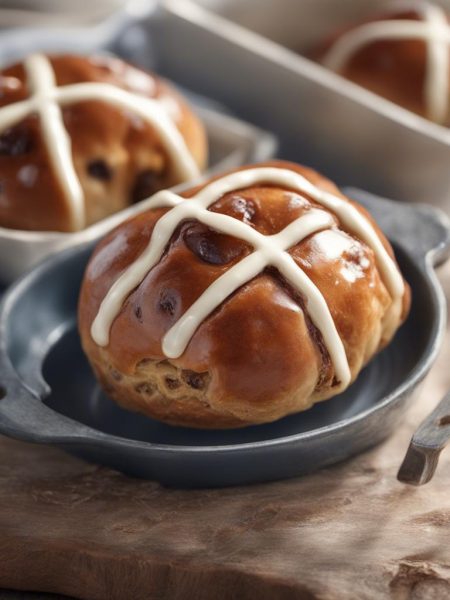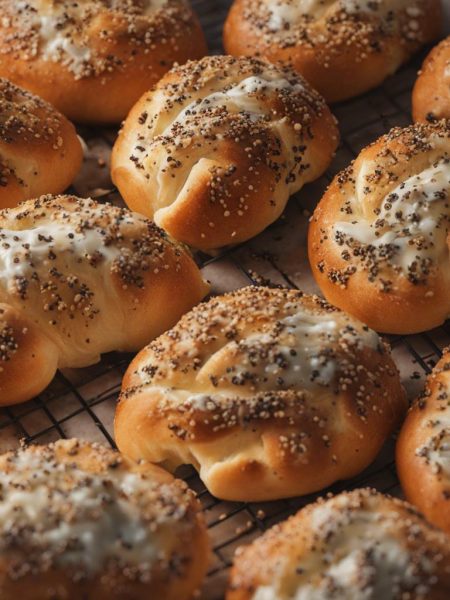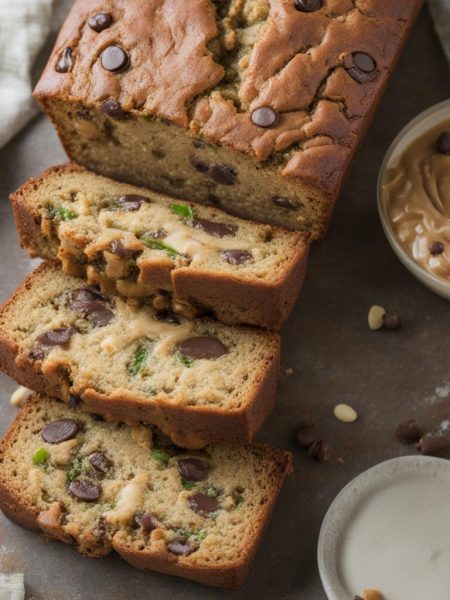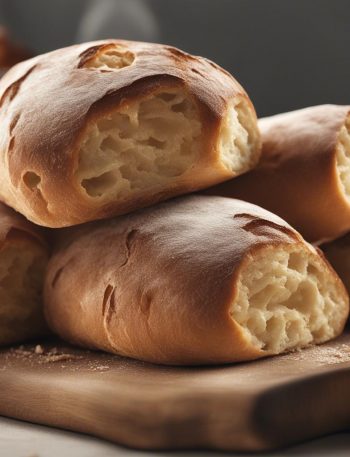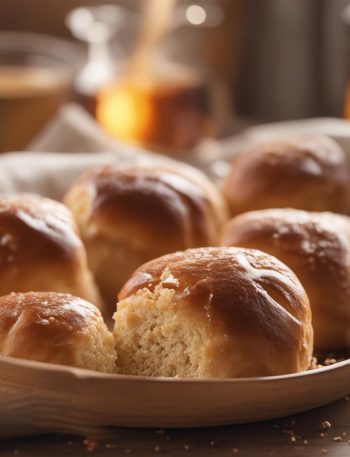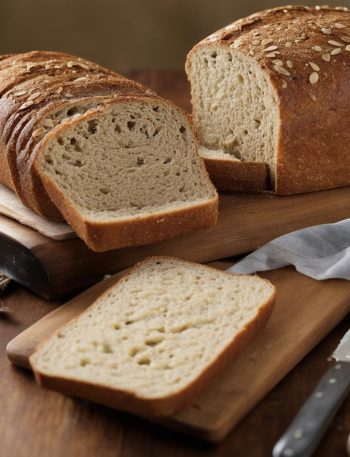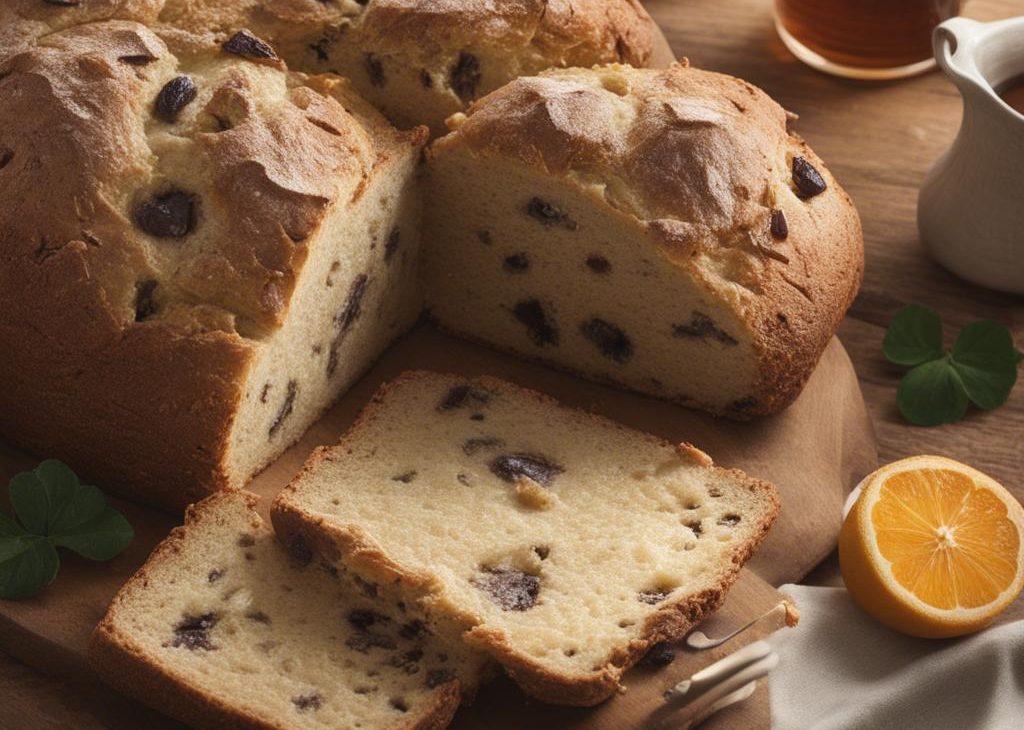
Irish Soda Bread is a quick bread that does not require any yeast. Instead, all of its leavening comes from baking soda and buttermilk. This Irish soda bread recipe is my grandmother’s and has been cherished in my family for years. It’s dense, yet soft and has the most incredible crusty exterior. Buttermilk and cold butter are the secret to its delicious success!
Welcome to my favorite Irish Soda Bread recipe.. This recipe is my grandmother’s. She passed away in 2011, 2 weeks before I started this food blog. I dedicated my 1st cookbook to her. Full of energy and the creator of the best homemade pie crust on earth, she would be in her 90s today. St. Patrick’s Day is her birthday.
Irish Soda Bread is a Quick Bread
Does the thought of homemade bread send you running for the hills? Sometimes homemade bread feels daunting, but you’re in luck today. Irish soda bread is a quick bread made with baking soda, not yeast. Like my easy no yeast bread, this is a shortcut bread that doesn’t skimp on flavor. (If you want a yeast bread, I recommend my sandwich bread recipe!)
- What’s the texture like? The best Irish soda bread, like this recipe, has a golden brown crust with a dense, tight crumb. The bread isn’t heavy, it’s actually quite tender and soft inside. The crust is nice and crisp when it comes out of the oven and becomes a little chewy on day 2 and 3. It’s so good.
My grandmother’s Irish soda bread contains some sugar, but it’s not overly sweet. It’s a wonderful companion for savory dinners like hearty stew or you can serve it with butter, honey butter, jam, and/or cheese. The raisins are optional, but Grandma would never let you skip them.
Overview: How to Make Irish Soda Bread
The full printable recipe is below. Irish soda bread dough comes together in about 10 minutes. You need buttermilk, egg, flour, sugar, baking soda, salt, and butter.
Buttermilk is the Secret
Irish soda bread only requires a few ingredients, including buttermilk. Buttermilk reacts with the baking soda to provide the bread’s leavening. It also adds wonderful flavor! We use buttermilk for the same reasons in my regular no yeast bread, too. If you’re interested, I have plenty more on this topic in my Baking with Buttermilk post (including a DIY buttermilk substitute recipe).
Feel free to Skip the Egg
Irish soda bread can be made with or without an egg. 1 egg adds richness and density. Feel free to skip it to make a slightly lighter loaf. No other changes necessary, simply leave out the egg.
3 Success Tips
If you’re baking for St. Patrick’s Day, you’ll love my Guinness Brownies, Baileys and Coffee Cupcakes, Guinness Chocolate Cake, Guinness Chocolate Cupcakes, Lucky Charms Treats, and shamrock St. Patrick’s Day Cookies, too.

Grandma’s Irish Soda Bread Recipe
Description
Irish Soda Bread is a quick bread that does not require any yeast. Instead, all of its leavening comes from baking soda and buttermilk. This Irish Soda Bread recipe is my grandmother's and has been cherished in my family for years. It's dense, yet soft and has the most incredible crusty exterior.
Ingredients You’ll Need
Instructions
- Preheat oven to 400°F (204°C). There are options for the baking pan. Use a regular baking sheet and line with parchment paper or a silicone baking mat (bread spreads a bit more on a baking sheet), or use a seasoned 10-12 inch cast iron skillet (no need to preheat the cast iron unless you want to), or grease a 9-10 inch cake pan or pie dish. You can also use a 5 quart (or higher) dutch oven. Grease or line with parchment paper. If using a dutch oven, bake the bread with the lid off.
- Whisk the buttermilk and egg together. Set aside. Whisk the flour, granulated sugar, baking soda, and salt together in a large bowl. Cut in the butter using a pastry cutter, a fork, or your fingers. Mixture is very heavy on the flour, but do your best to cut in the butter until the butter is pea-sized crumbs. Stir in the raisins. Pour in the buttermilk/egg mixture. Gently fold the dough together until dough it is too stiff to stir. Pour crumbly dough onto a lightly floured work surface. With floured hands, work the dough into a ball as best you can, then knead for about 30 seconds or until all the flour is moistened. If the dough is too sticky, add a little more flour.
- Transfer the dough to the prepared skillet/pan. Using a very sharp knife or bread lame, score the dough with a slash or X about 1/2 inch deep. (“Score” = shallow cut.)
- Bake until the bread is golden brown and center appears cooked through, about 45-55 minutes. Loosely tent the bread with aluminum foil if you notice heavy browning on top. For a more accurate test, the bread is done when an instant-read thermometer reads the center of the loaf as 195°F (90°C).
- Remove from the oven and allow bread to cool for 10 minutes, and then transfer to a wire rack. Serve warm, at room temperature, or toasted with desired toppings/spreads.
- Cover and store leftover bread at room temperature for up to 2 days or in the refrigerator for up to 1 week. We usually wrap it tightly in aluminum foil for storing.

